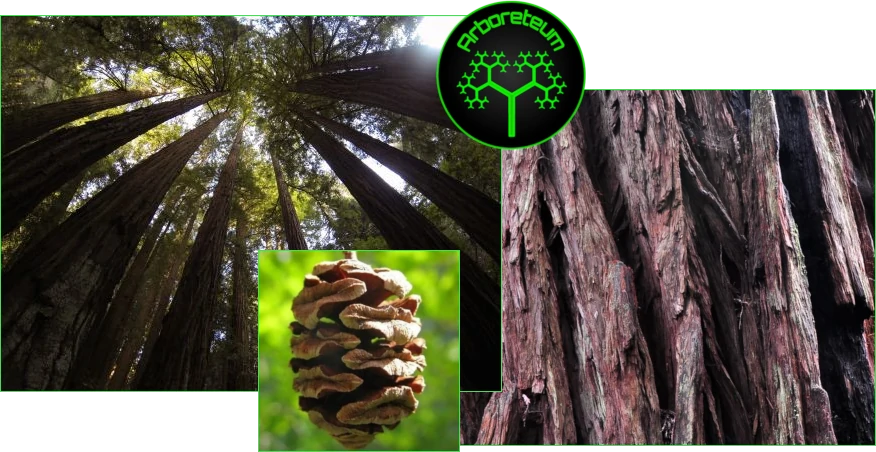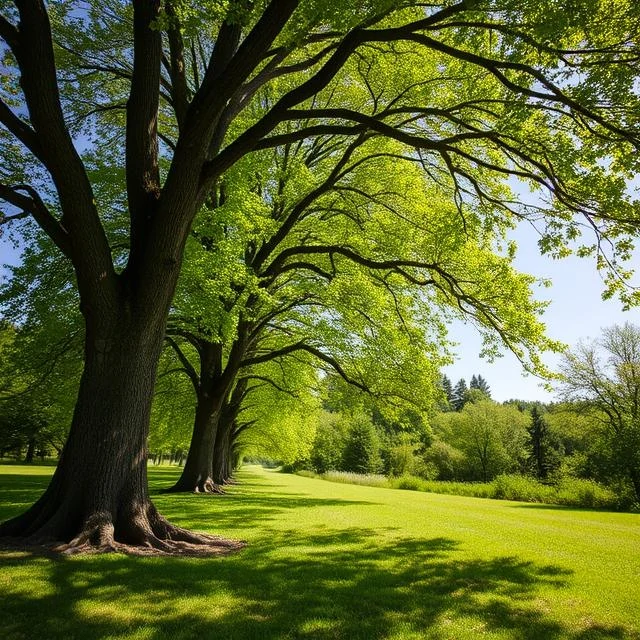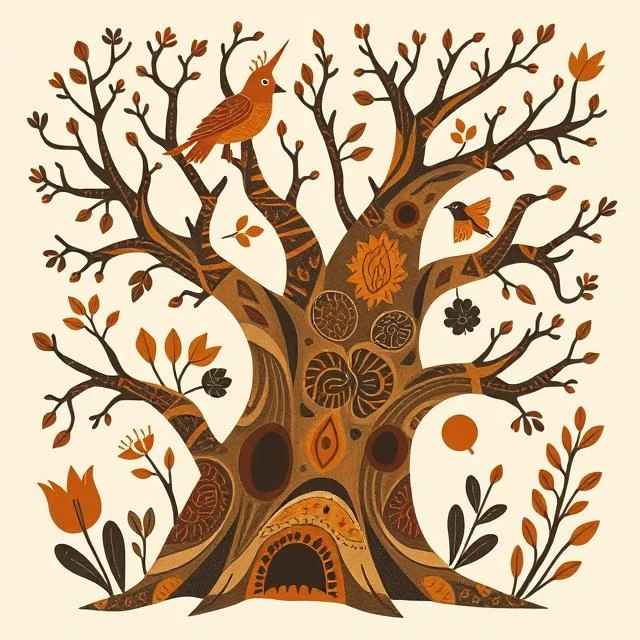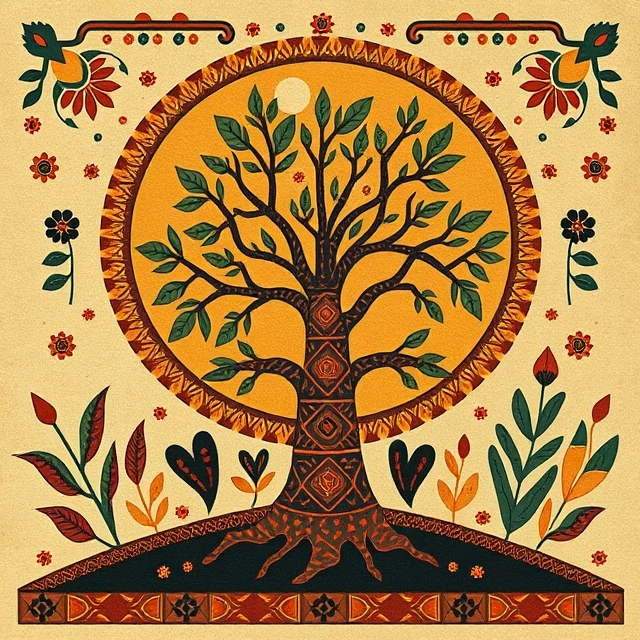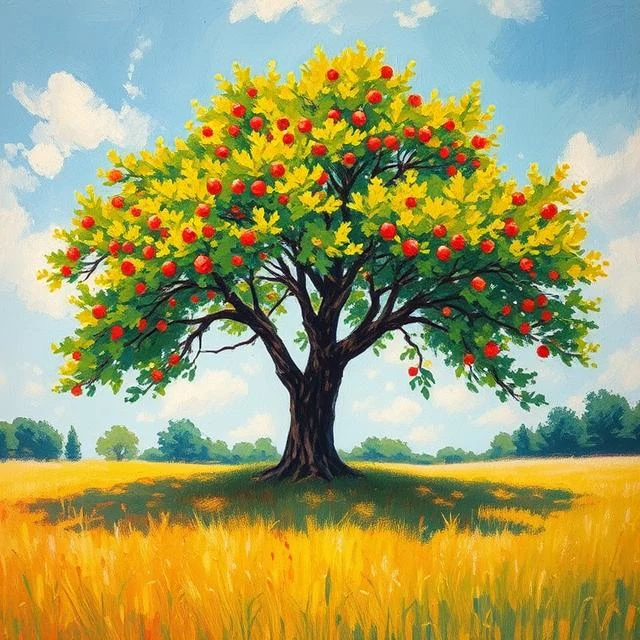Several tree species in North America are considered endangered or threatened due to habitat loss, climate change, invasive species, and other factors. Here are some notable examples:
American Chestnut (Castanea dentata)
Castanea dentata, commonly known as the American chestnut, is a deciduous tree native to eastern North America. It belongs to the beech family (Fagaceae) and is known for its large size, rapid growth, and production of edible chestnuts. The tree can grow to heights of 100 feet (30 meters) or more and is characterized by its narrow, serrated leaves and smooth, light brown bark.
Historically, the American chestnut was a significant component of eastern U.S. forests and was valued for its timber, which is resistant to decay and has been used for furniture and construction. However, in the early 20th century, a devastating fungal disease known as chestnut blight (caused by Cryphonectaria parasitica) wiped out the vast majority of mature American chestnut trees. Today, the species is functionally extinct in the wild, though efforts are ongoing to restore it through breeding programs, including the development of blight-resistant hybrids.
The nuts of the American chestnut are sweet and nutritious, traditionally consumed by wildlife and humans alike. While the tree itself is rare in its native habitat, it has a significant place in American ecological history and culture.
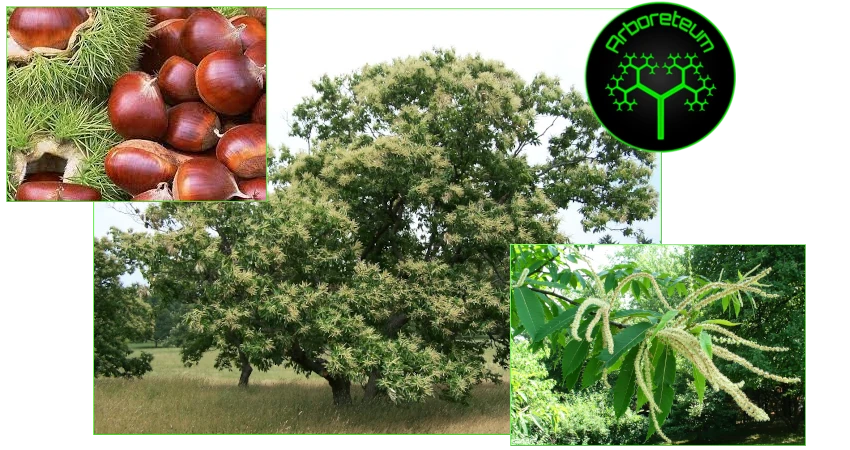
Eastern Hemlock (Tsuga canadensis)
Tsuga canadensis, commonly known as Eastern hemlock, is a species of coniferous tree in the pine family (Pinaceae). It is native to eastern North America and typically found in cool, moist forests. Eastern hemlock is characterized by its flat, needle-like leaves that are dark green on top and lighter underneath. The tree can grow to be quite large, reaching heights of up to 100 feet (30 meters) and living for several hundred years.
Eastern hemlock is an important species for its ecological role; it provides habitat and food for various wildlife species and plays a significant role in forest ecosystems. The wood of Eastern hemlock is valued for its strength and is used in construction, paper production, and other applications.
However, the species is currently facing threats from the invasive hemlock woolly adelgid (Adelges tsugae), an aphid-like insect that feeds on the sap of hemlock trees and can lead to their decline and death. Conservation efforts are underway to protect remaining populations and manage the impacts of this pest.
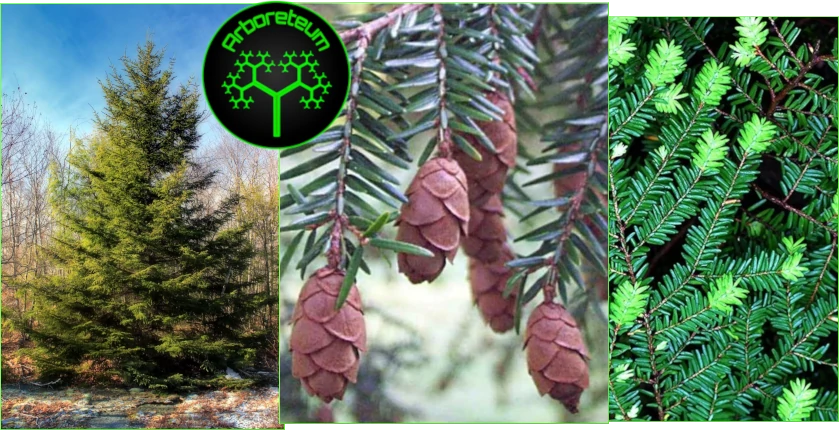
Florida Maple (Acer saccharum var. floridanum)
Acer saccharum var. floridanum, commonly known as the Florida sugar maple, is a variety of the sugar maple tree (Acer saccharum). This variety is native to the southeastern United States, particularly in the regions of Florida, southern Georgia, and parts of Alabama and Mississippi.
The leaves are typically lobed and can vary in shape, similar to those of the northern sugar maple but are often smaller and have slightly different texture. The bark is grayish-brown and becomes more furrowed with age. The tree is commonly found in mixed hardwood forests and can thrive in a variety of soil types, preferring well-drained areas. It tree plays a role in its ecosystem by providing habitat and food for various wildlife species.
This variety is known for its potential to produce sap that can be used to make maple syrup, although it is not as commonly tapped for syrup production as the northern sugar maple. It is also valued for its ornamental qualities and is sometimes used in landscaping.
The biggest risk to the Florida maple is habitat destruction.
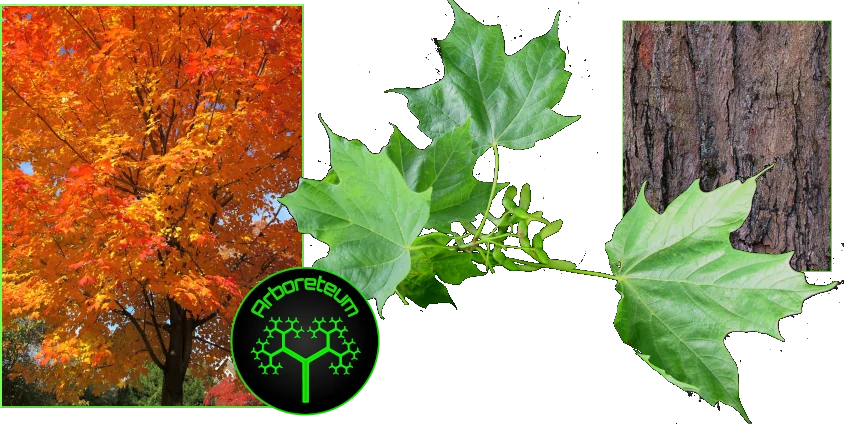
Juniper (Juniperus deppeana)
Juniperus deppeana, commonly known as the "One-Seed Juniper" or "Juniper," is a species of juniper native to parts of North America, particularly found in the southwestern United States and northern Mexico. It typically grows in mountainous or hilly regions, often found in dry, rocky areas.
Juniper leaves are needle-like when young and scale-like in mature trees, which are aromatic.
- **Bark**: The bark is typically reddish-brown and can be fibrous and attractive.
The tree produces small, berry-like cones, which are an important food source for various bird species.
- **Height**: It can grow as a shrub or a small tree, reaching heights of up to 20 feet (6 meters).
Juniperus deppeana is often used in landscaping for its ornamental value and drought resistance. It also plays a role in the ecosystem by providing habitat and food for wildlife. Additionally, historically, some Indigenous peoples have used its wood and berries for various purposes.
This species is considered threatened in certain areas due to habitat loss and overharvesting.
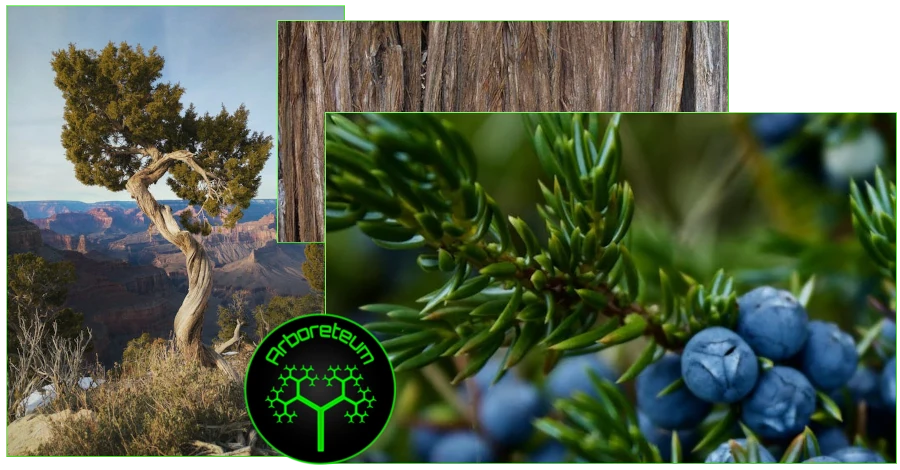
Lodgepole Pine (Pinus contorta)
Pinus contorta, commonly known as the lodgepole pine, is a species of pine tree native to western North America. It is characterized by its tall, narrow trunk, and straight growth habit. Lodgepole pines often thrive in harsh conditions and can grow in a variety of soil types.
There are two main varieties of lodgepole pine:
Variety latifolia (western lodgepole pine) which is typically found in the Rocky Mountain region and the Pacific Northwest.
Variety contorta (shore pine) which is primarily found along the coast of Oregon and California.
Lodgepole pines are important for their ecological roles; they provide habitat for various wildlife species and are often a pioneer species in post-fire environments, quickly colonizing areas after forest fires. The wood of lodgepole pine is used for a variety of purposes, including construction and producing paper products.
While still a common tree in western US, certain populations have been devastated by pine beetle infestations.
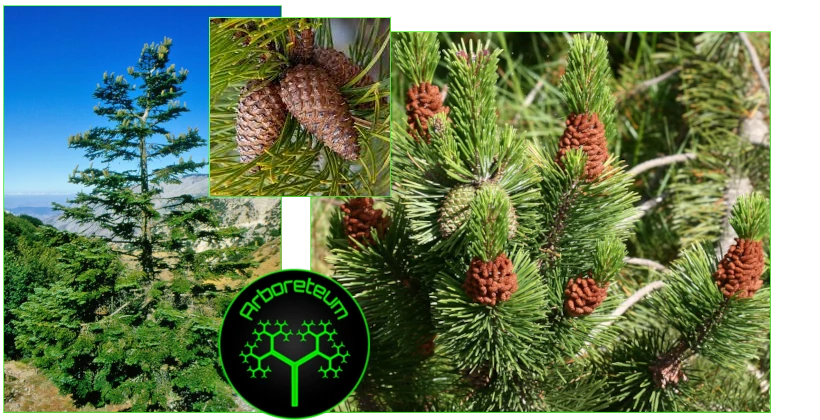
Mexican Pinyon (Pinus cembroides)
Pinus cembroides, commonly known as the Piñon (or Pinyon) pine or Mexican piñon (Pinyon), is a species of pine tree native to the southwestern United States and northern Mexico. It typically grows at altitudes ranging from 1,200 to 2,800 meters (4,000 to 9,200 feet) in rocky, mountainous areas.
The tree is characterized by its relatively small stature, often reaching heights of 10 to 20 meters (33 to 66 feet), with a crooked trunk and a broad, irregular crown. The needles are typically grouped in pairs and are shorter than those of many other pine species.
Pinyon pines are known for their edible seeds, known as piñones, which are an important food source for both wildlife and humans. The seeds are nutritious and can be eaten raw, roasted, or used in cooking. The wood of the Piñon pine is also valued for its aromatic properties and is often used for fuel and construction.
Overall, Pinus cembroides plays an important ecological and cultural role in its native regions. Sadly it is threatened by habitat loss and climate change.
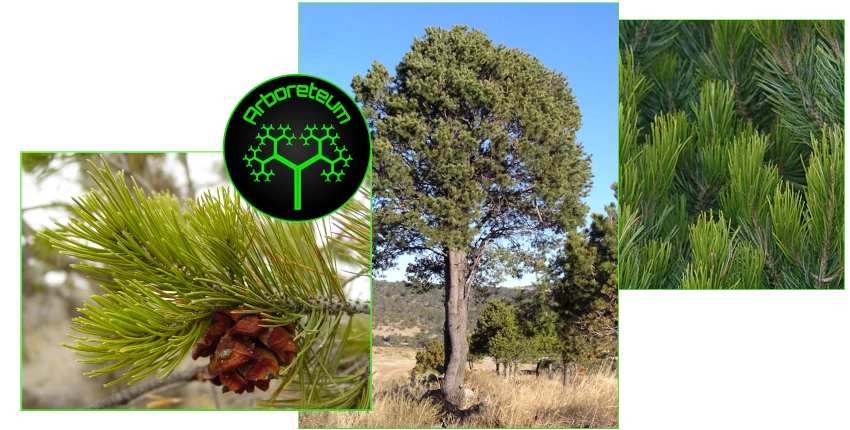
Pacific Yew (Taxus brevifolia)
Taxus brevifolia, commonly known as the Pacific yew, is a species of yew tree native to the West Coast of North America, particularly found in the Pacific Northwest. It typically grows in forested areas and can thrive in various soil types. This tree is notable for its dense, dark green foliage and its reddish-brown bark.
One of the most significant aspects of Taxus brevifolia is its historical use in medicine. The bark and needles of the Pacific yew contain taxanes, including paclitaxel (Taxol), a compound that has been widely used in cancer treatment. Paclitaxel is effective against several forms of cancer, including ovarian and breast cancer, and has played a crucial role in oncology since its discovery.
Due to its medicinal value, the Pacific yew has been the subject of conservation efforts, as overharvesting in the past led to declines in some populations. The tree can also be appreciated for its aesthetic value in landscaping and for its role in forest ecosystems.
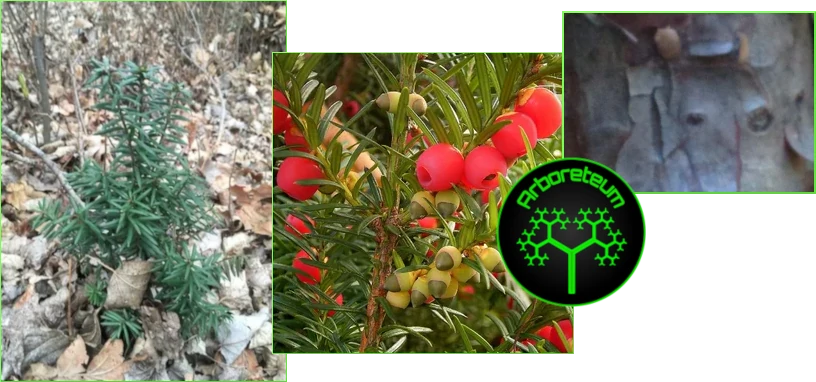
Redwood (Sequoiadendron giganteum and Sequoia sempervirens)
Sequoiadendron giganteum and Sequoia sempervirens are two distinct species of coniferous trees known for their impressive size and longevity. More commonly known as the redwood.
Sequoiadendron giganteum (Giant Sequoia or Sierra Redwood)
Commonly called the giant sequoia or Sierra redwood, it is native to the Sierra Nevada mountain range in California, USA .They are also among the oldest living trees, with some specimens over 3,000 years old. Known for being one of the largest trees by volume, with massive trunks that can reach over 300 feet (91 meters) in height and over 30 feet (9 meters) in diameter. Their bark is thick, fibrous, and reddish-brown, providing protection against fire and pests.
Sequoia sempervirens (Coast Redwood)
Commonly called the coast redwood. The sequoia sempervirens is native to the coastal regions of northern California and southern Oregon. The tree typically grows taller than Sequoiadendron giganteum, with some specimens exceeding 370 feet (113 meters), making it the tallest tree species on Earth. The sequoia semperviren generally has a narrower trunk compared to giant sequoias, but still impressive in size. The bark is thinner than that of the giant sequoia, but still provides protection. The tree is disnguished by its relatively thinner, reddish-brown bark and its ability to thrive in moist, foggy environments.
Both species are conifers and belong to the Cupressaceae family.
Sequoiadendron giganteum (giant sequoia) is known for its massive volume and age, native to Sierra Nevada.
Sequoia sempervirens (coast redwood) is known for its incredible height and coastal habitat.
While not endangered overall, some specific populations have been negatively affected by logging, climate change, and disease.
